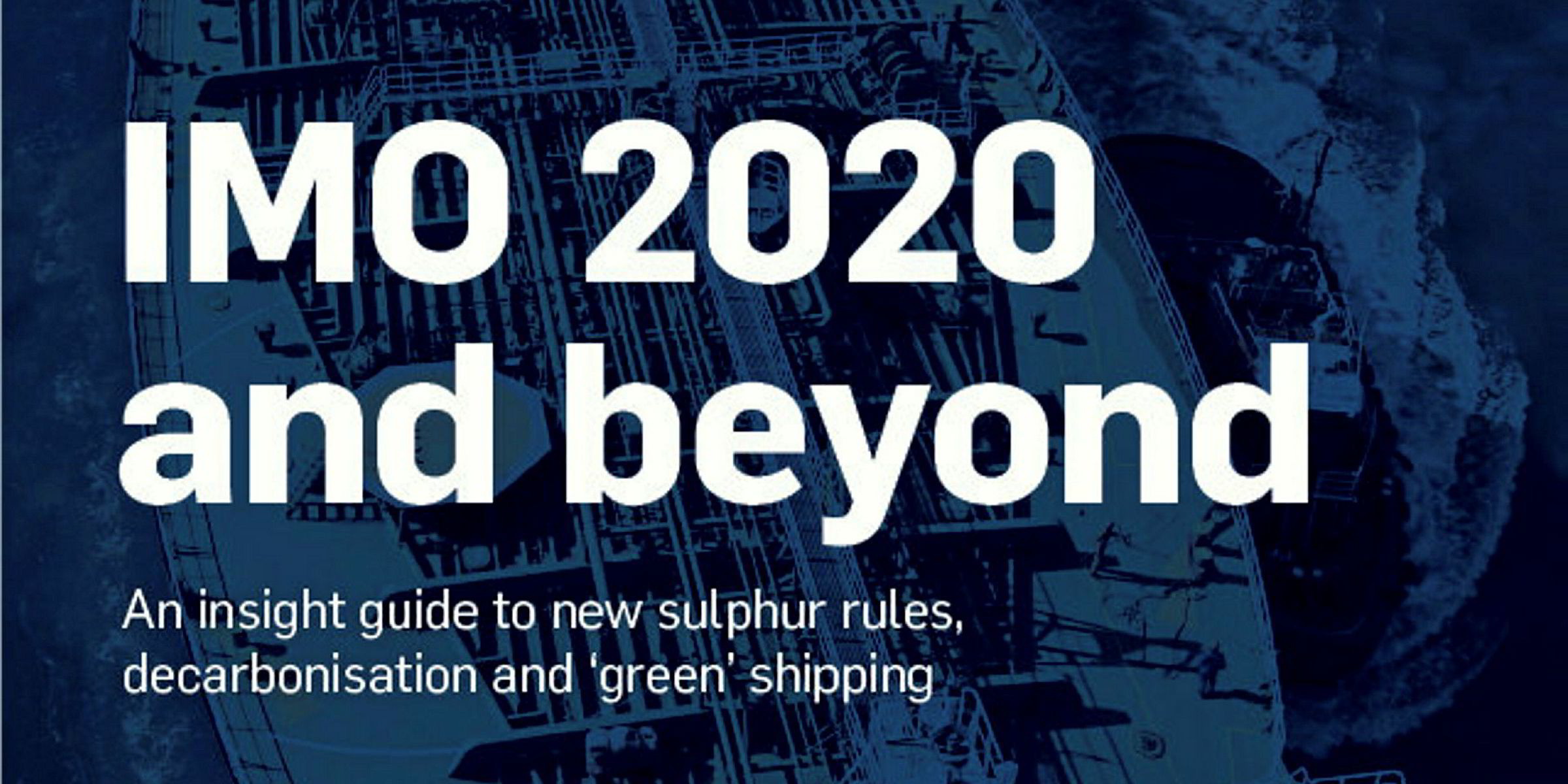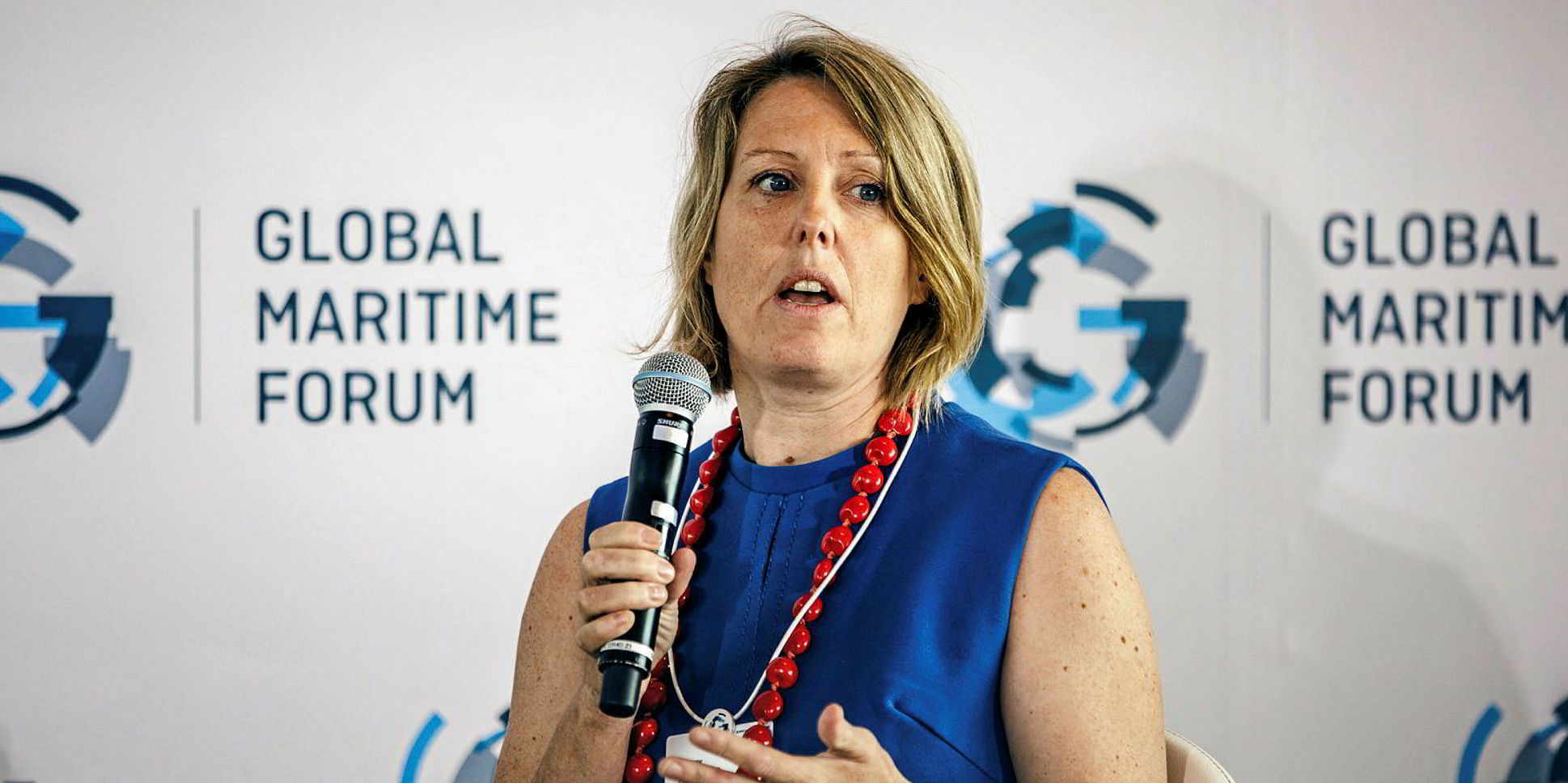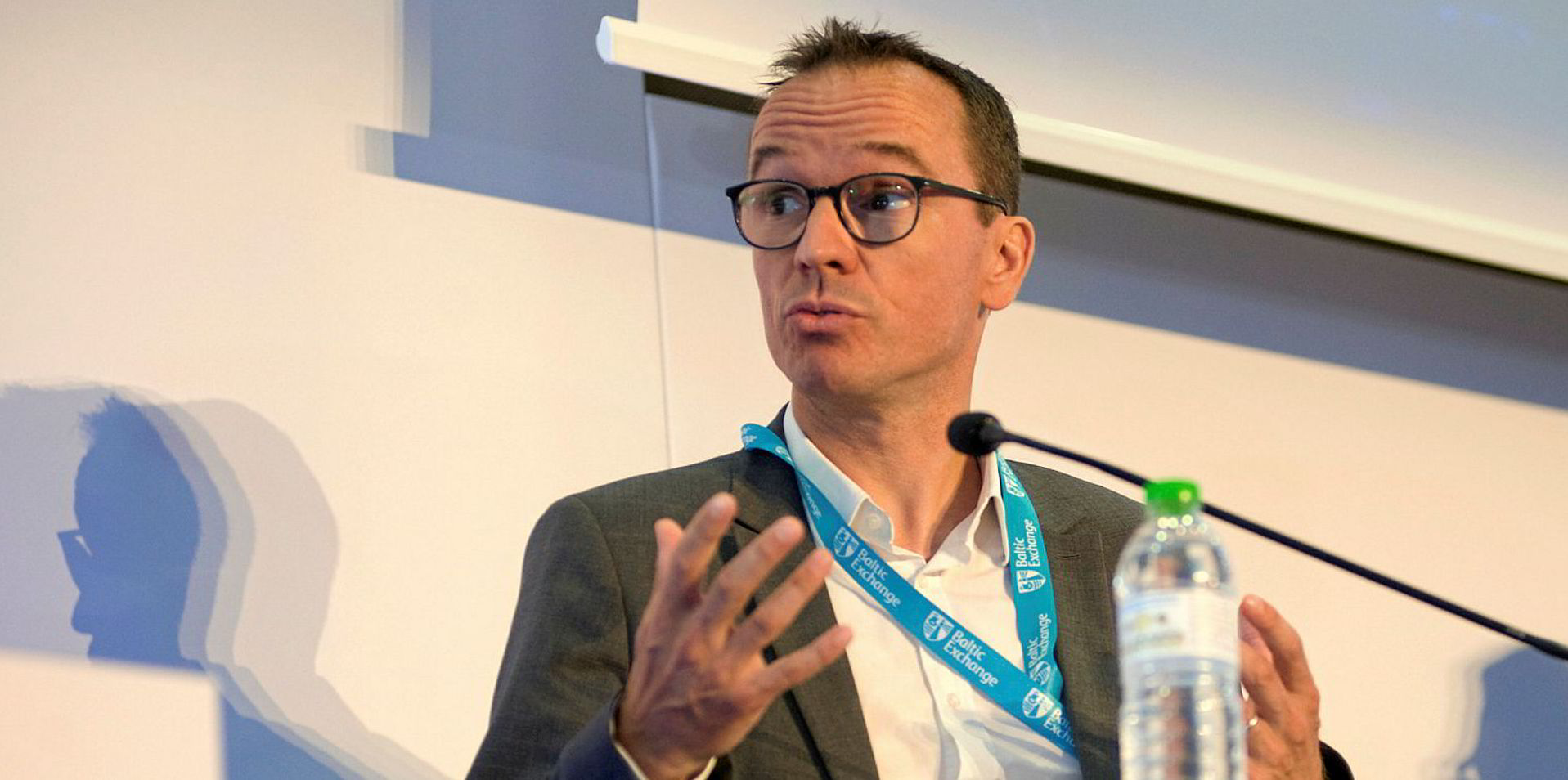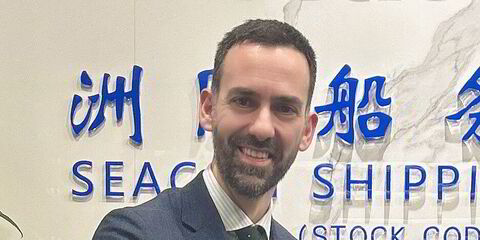Containership players are most confident in the shipping industry’s ability in meeting the IMO decarbonisation target for 2050, according to a TradeWinds Knowledge survey.
Among the survey participants, 54.9% in the box sector are at least generally confident that the industry is capable of cutting greenhouse gas (GHG) emissions from international shipping by at least 50% from 2008 before mid-century.
Nearly 34.2% are not very confident while 7.32% are not confident at all.
In comparison, 27.1% of the dry bulk players are generally confident, and 10.1% are mostly confident and 8.53% very confident. Some 48.8% are either not really confident or not confident at all.
In the tanker sector, 41.4% are at least generally confident, while 55.2% are either not really confident or not confident at all.
According to the TradeWinds Knowledge report on decarbonisation, which publishes the full survey results, the players most committed to the IMO goal so far are major containership operators.
“Maersk and Hyundai Merchant Marine have vowed to have net zero emissions by 2050. Also, Japanese majors MOL, NYK Line and K Line have regularly invested in shipping projects aimed at reducing GHG,” TradeWinds Knowledge said.

Check out TradeWinds Knowledge http://bit.ly/35g4KZ1, our new research project on IMO 2020 and decarbonisation
With set trading schedules and routes, containerships are expected to have an easier time finding bunkering points for alternative, low-emission fuels than tankers and bulkers in the future.
According to many industry experts, those fuels will be essential for the shipping industry to achieve significant reduction in GHG emissions.
When asked to choose at least one preferred option in meeting the 2050 target, 79.3% of the container players, 86.1% of the bulker players and 79.3% of the tanker players favour such fuels.
Operational measures like slow steaming are backed by 35.4% in the box sector, 30.2% in dry bulk and 32.2% in tanker.
Meanwhile, 43.9% of the container players, 34.1% of the bulker players and 27.6% of the tanker players favour technical measures such as propeller upgrades.
To meet the 2050 goal, the IMO has stated that the carbon intensity of international shipping should be reduced by at least 40% from 2008 by 2030.
Legally-binding, short-term measures to reduce GHG are under discussion at the UN body and scheduled to come into force by 2023. The IMO is also planning to unveil medium-term measures between 2023 and 2030 and long-term ones after 2030.
Aside from stronger confidence in shipping decarbonisation, container market participants also tend to begin their preparation for the IMO targets earlier.
The survey results, which do not take into consideration those with exposure to multiple sectors, show 45.1% in the box sector, 35.7% in dry bulk and 34.5% in tanker are already starting to prepare for the upcoming regulations.
About 13.4% of the container players, 21.7% of the bulker players and 13.8% of the tanker players plan to begin their preparation between 2020 and 2023.
However, underscoring regulatory uncertainty, 26.8% in the container sector, 21.7% in dry bulk and 31% in tanker simply do not know when they should begin preparation.
As for policy preferences, 50% of the container players, 55.9% of the bulker players, and 48.8% of the tanker players think the IMO should push for lower costs of low-emission fuels through subsidies, further research and development or other means.
Pricing mechanisms that can push up the costs of fossil fuels, such as a carbon tax, are favoured by 47.6% in the container sector, 44.1% in dry bulk and 38.4% in tanker.
Stipulation of the GHG emissions intensity of the newbuilding and existing fleets is backed by 48.8% from the box sector, 39.4% from dry bulk and 52.3% from tanker.
The survey on IMO 2020 and decarbonisation was conducted between 15 July and 6 August 2019 and we received 603 responses.
Of them, 44.1% described their companies as shipowners, 24% as shipmanagers, 20.4% as shipbrokers, 16.8% as charterers and 15% as financiers. There were also some describing themselves as working for consultancies, bunker players and insurance firms, among others.
The questionnaire was created via an electronic form provided by SurveyMonkey. It consisted of 20 questions — one was on survey data compliance, and the rest were multiple-choice questions on the respondent’s attitudes and approaches towards environmental regulations, and profile questions. Respondents answered anonymously and were allowed to skip the questions they did not want to answer.
Special thanks to Dr Nishatabbas Rehmatulla, senior research associate at the University College London Energy Institute, who provided advice on the design of the survey.







